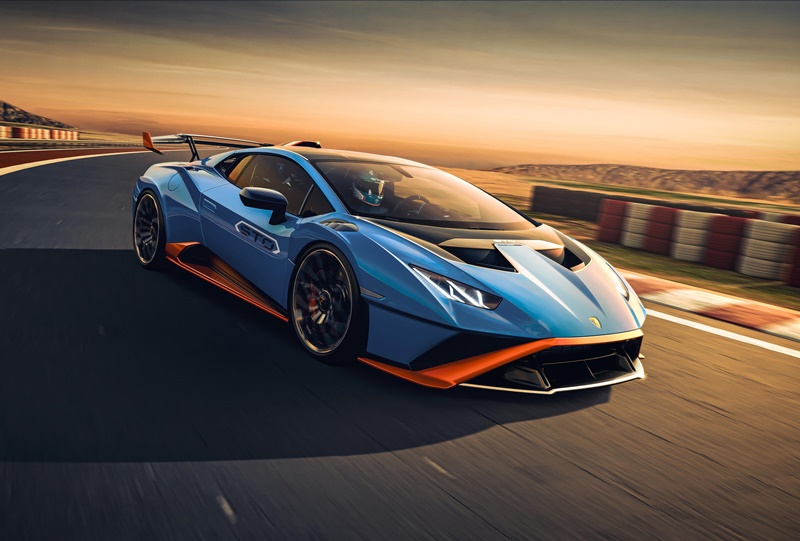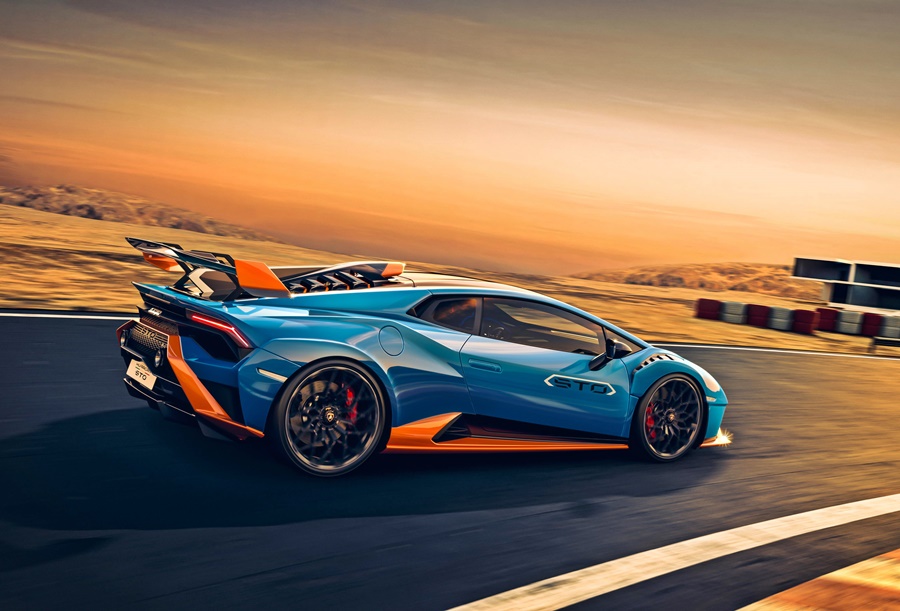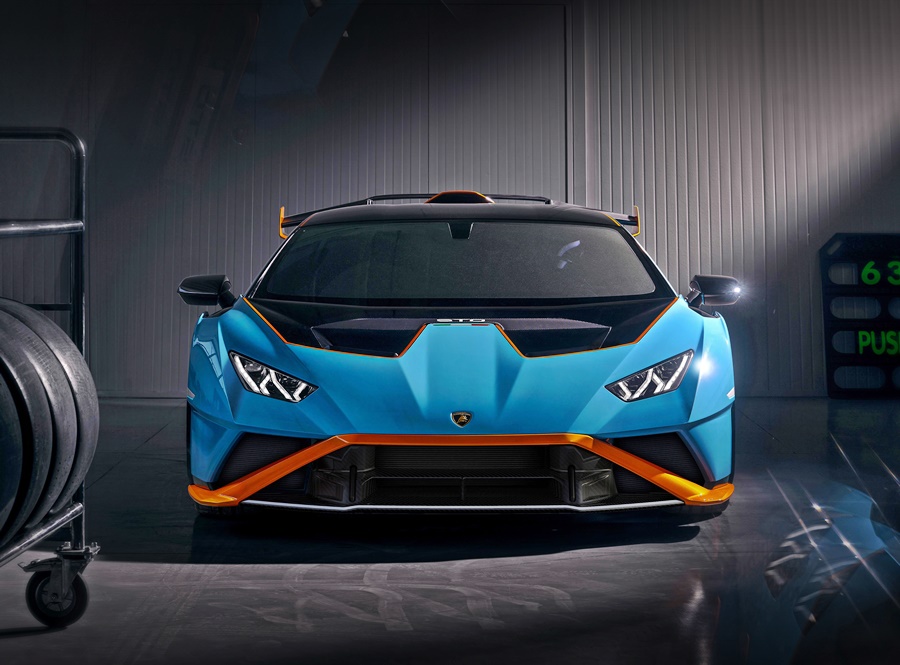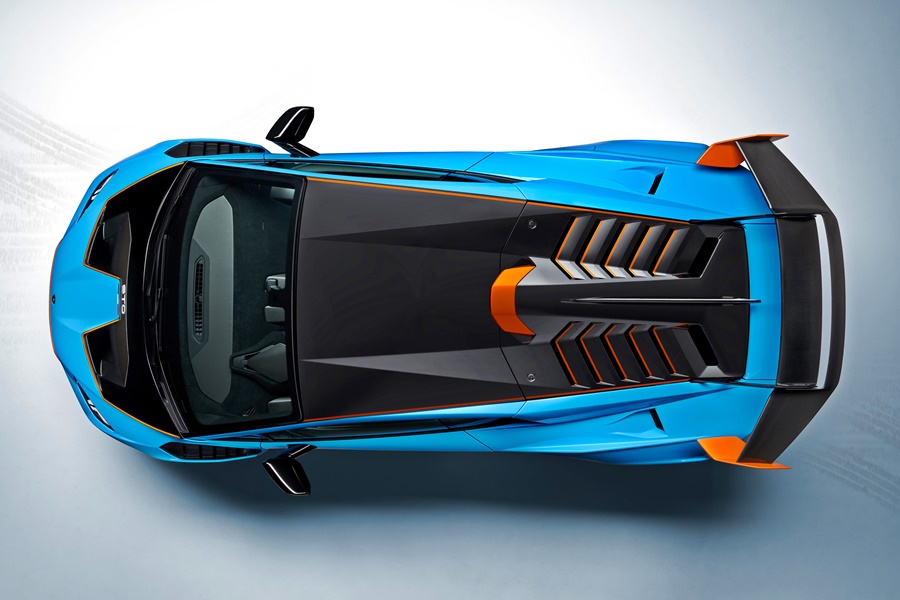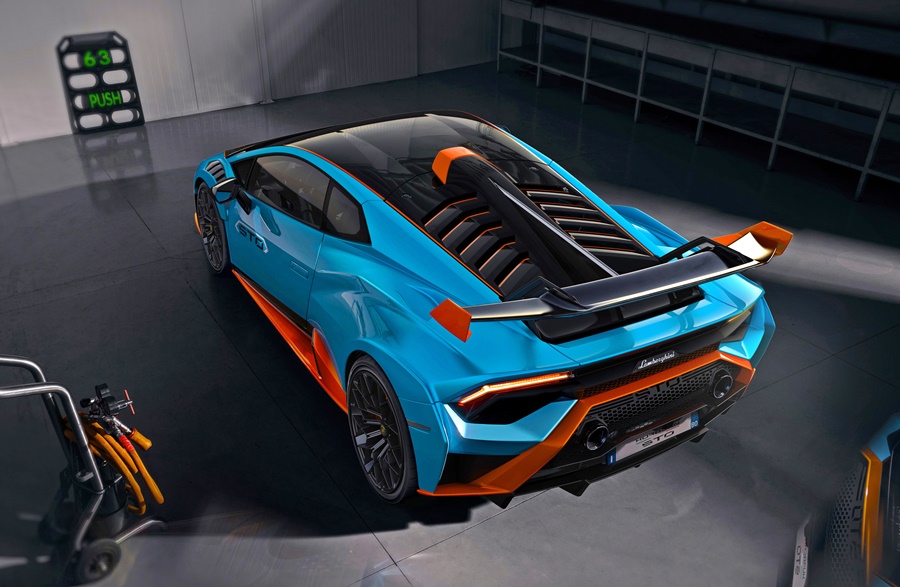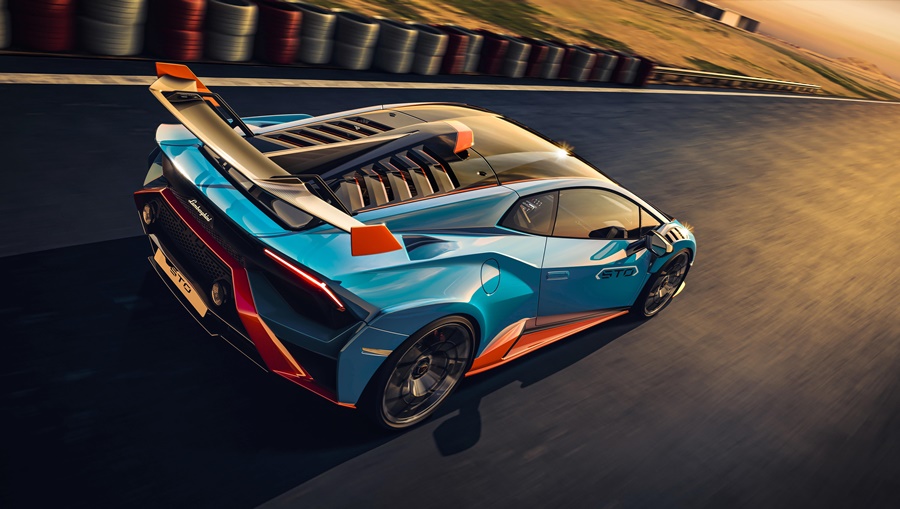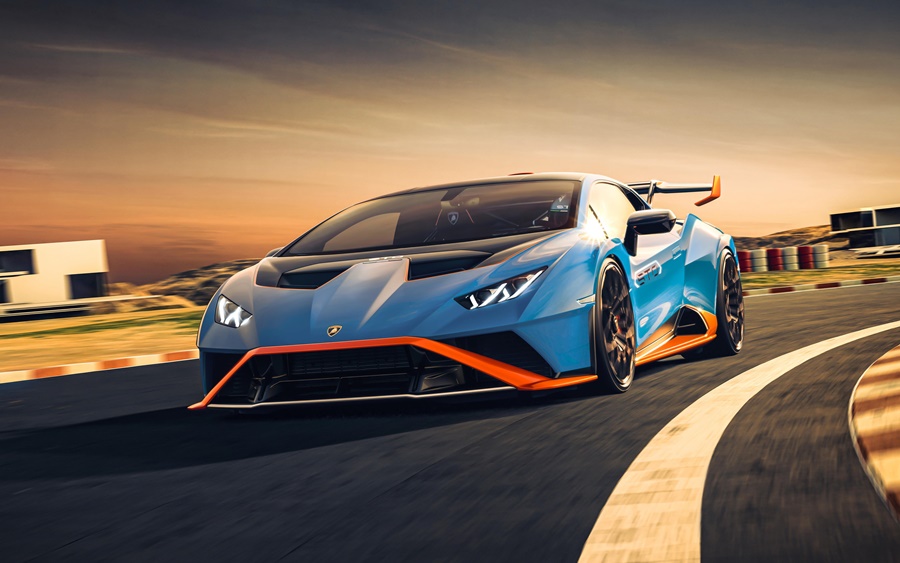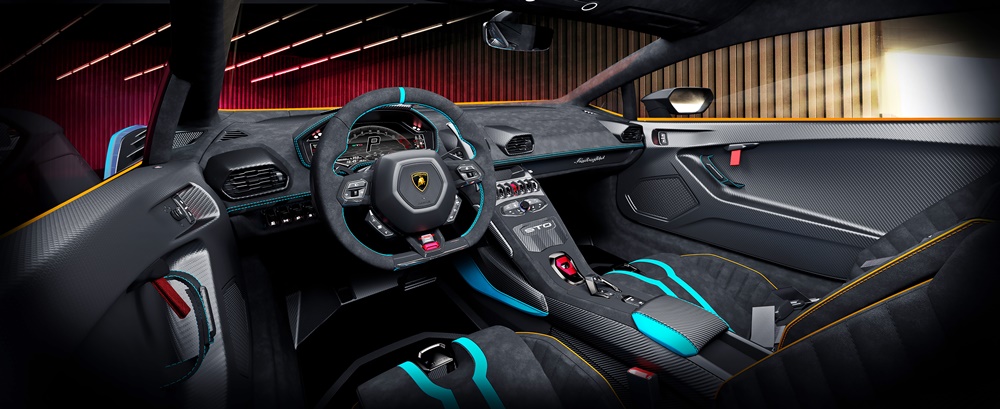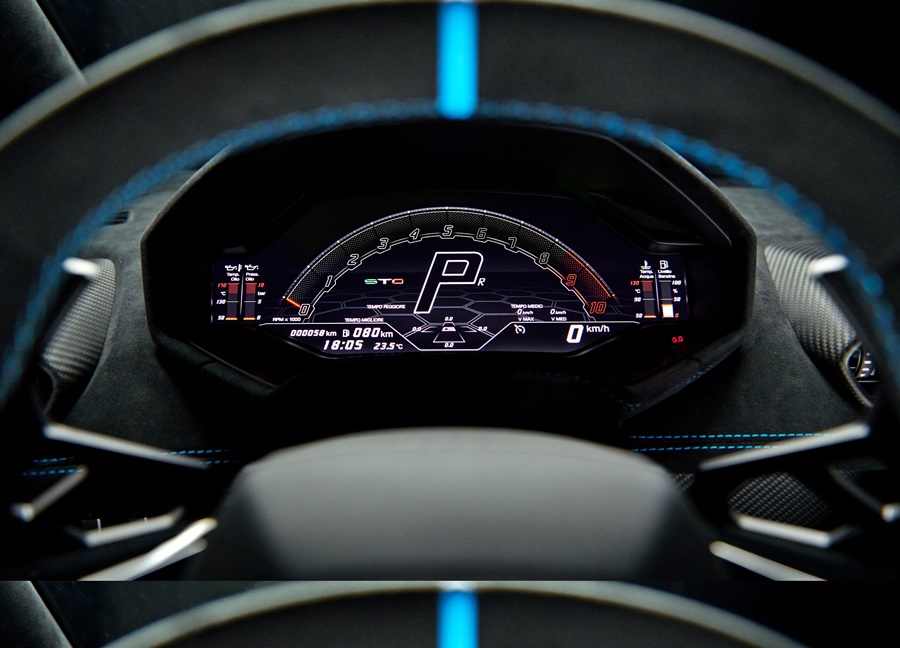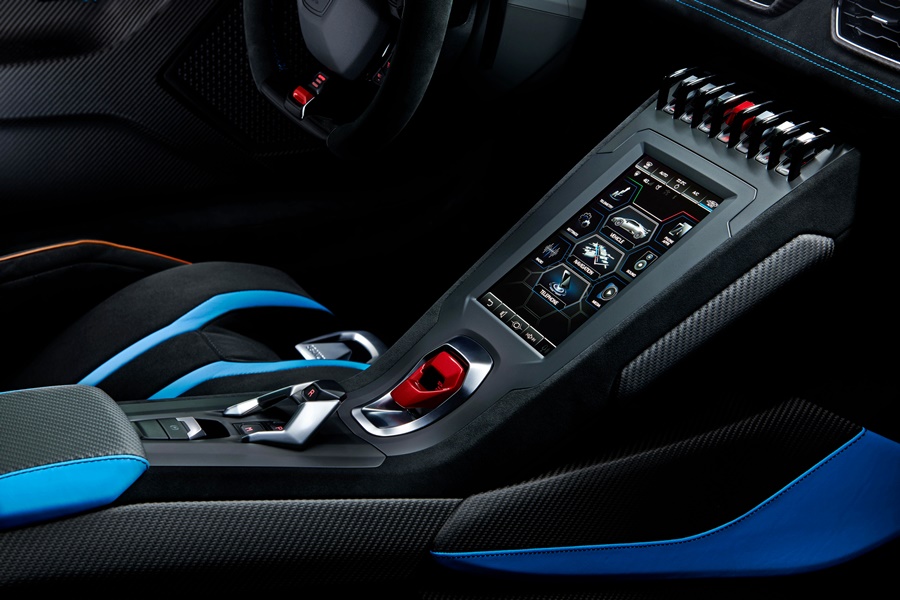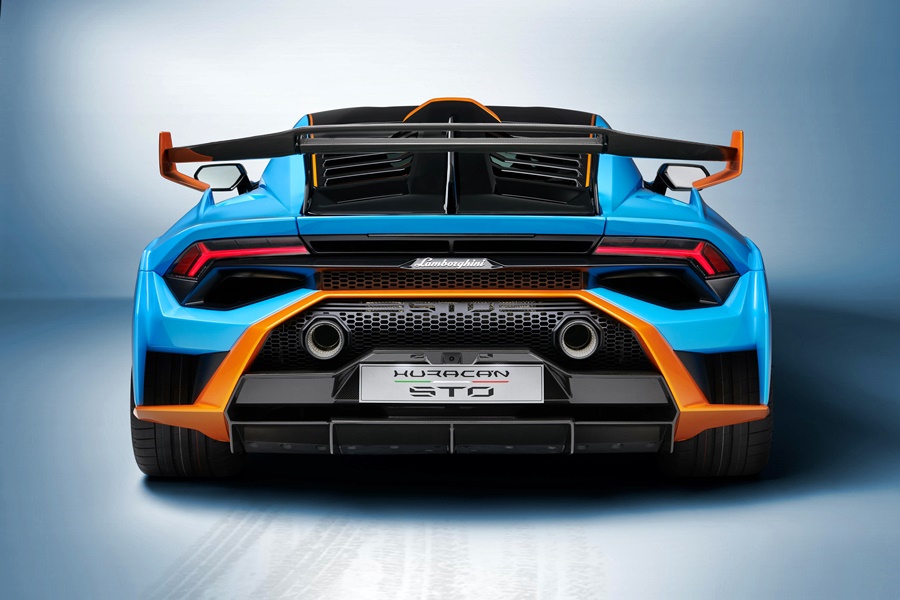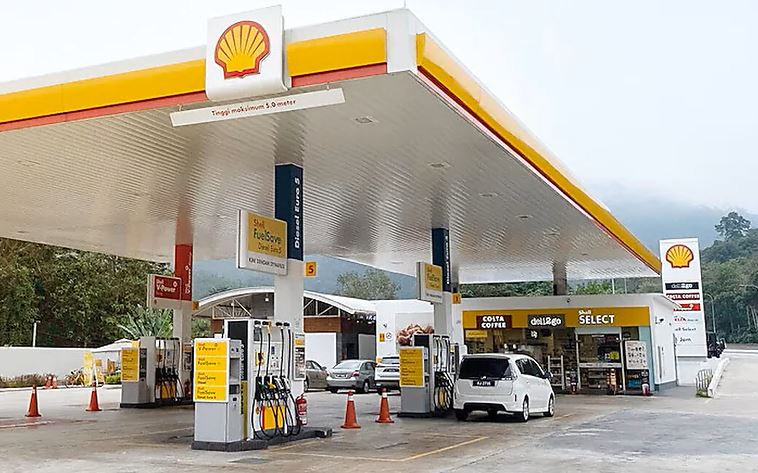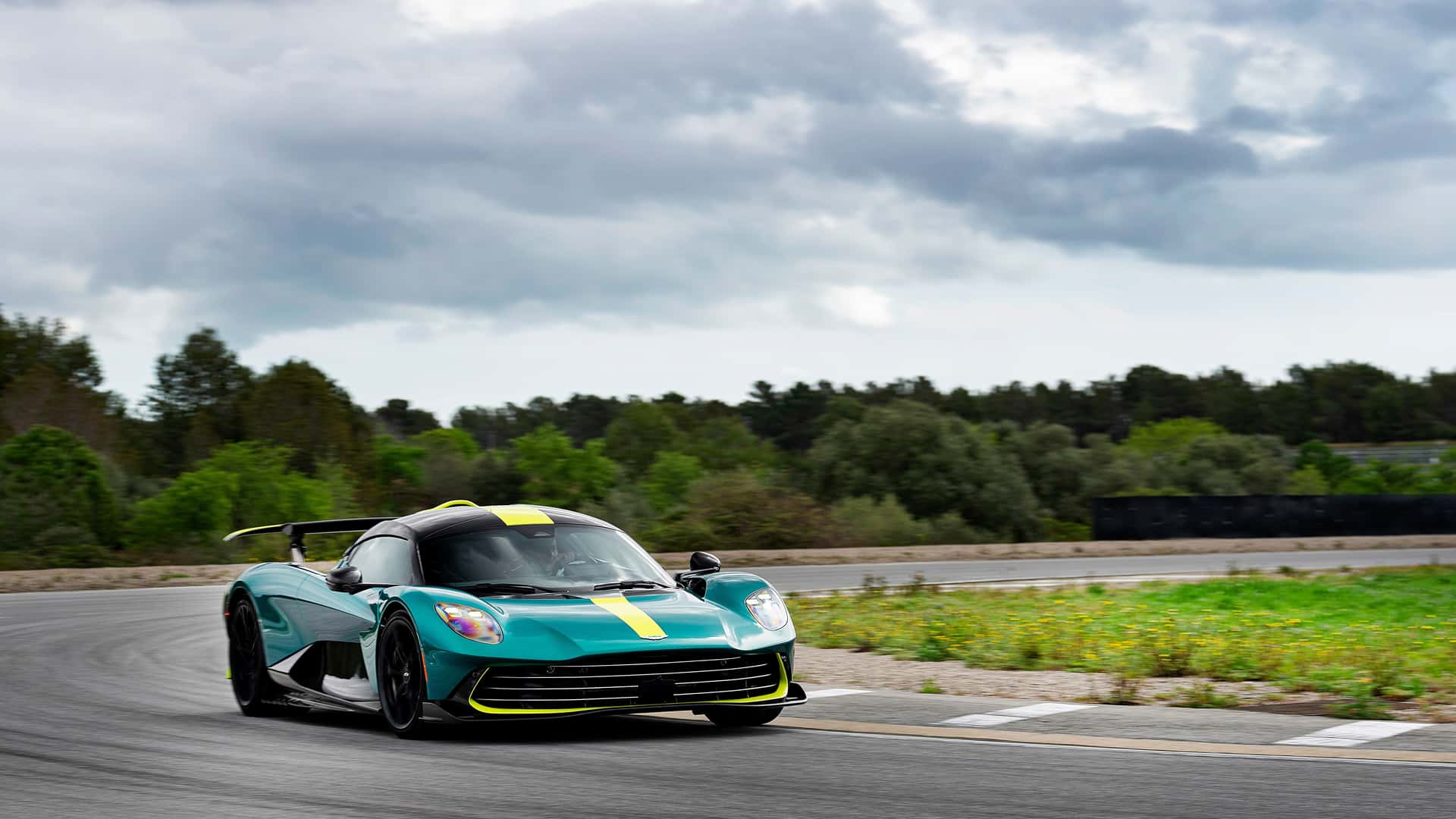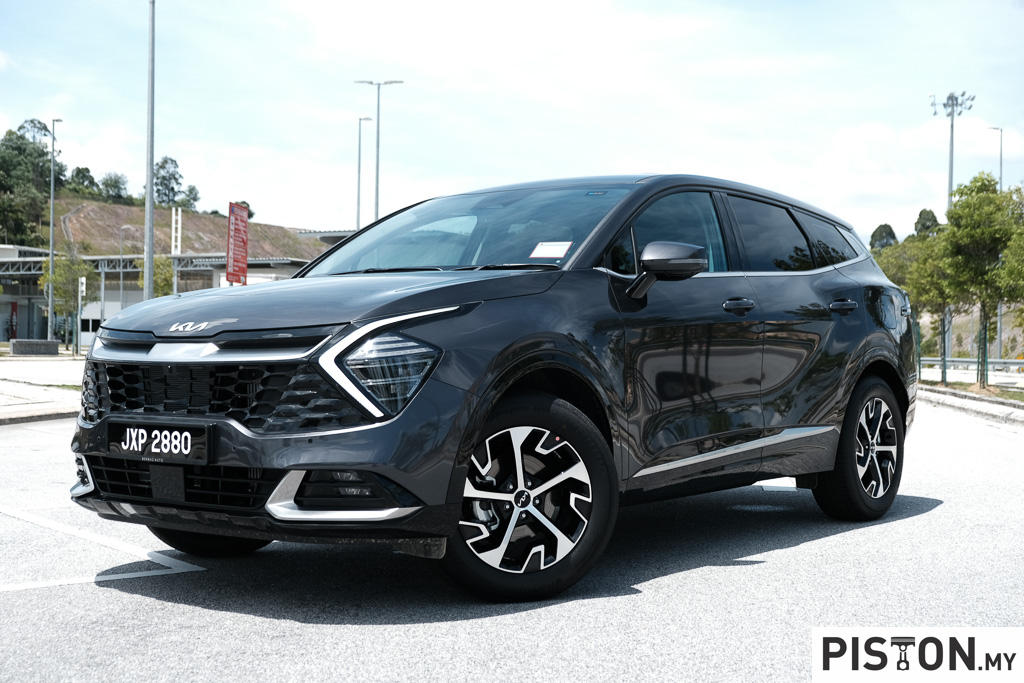The Huracan Super Trofeo EVO that is run in Lamborghini Squadra Corse’s one-make race series is now replicated as a road-homologated super sportscar in the new Huracan STO. Priced from 249,412 euros (about RM1.21 million), first deliveries will start in early 2021.
“The Huracan STO is the purest incarnation of Lamborghini Squadra Corse heritage, directly transferring technologies from the Huracan Super Trofeo EVO and drawing on the Huracan GT3 EVO’s unique accomplishment of winning three consecutive times in the Daytona 24 hours,” said Automobili Lamborghini’s new Chairman & CEO, Stefano Domenicali.
“The Huracan STO delivers all the excitement of a beautifully balanced, lightweight and aerodynamically superior super sportscar, mirroring the driving feeling and exhilaration of Super Trofeo, and perfectly set up for the world’s most demanding tracks but created for the road. The extensive technical solutions and intelligence gained from both our Super Trofeo and GT3 programs has been refined and embodied in the Huracán STO, allowing the pilot to experience the emotions of a racing driver, daily, in a road-legal Lamborghini super sportscar able to take lap records,” added Maurizio Reggiani, Chief Technical Officer.
Aerodynamic superiority
The Huracan STO has an entirely new exterior design, revising the familiar Lamborghini profile to optimize airflow. Inspired by the racing cars, the Huracan STO reflects the technology transfer in every aesthetic detail.
Every aspect of the design draws on the aerodynamic efficiency and lightweight technologies demanded in motorsports. While the Centro Stile department focussed on aesthetic excellence, Lamborghini’s R&D and Squadra Corse departments optimized the car to ensure the best driving performance.
The bonnet, fenders and the front bumper are a single unit referred to as the ‘cofango’ (a combination of the Italian words for bonnet and gender – cofano and parafango). Inspired by the Miura and more recent Sesto Elemento, it is not only lightweight but also a time-saving access feature in motorsports.
New air ducts on the front bonnet increase airflow through the central radiator to improve engine cooling as well as helping generate downforce. The cofango also incorporates a new front splitter, directing airflow to the newly designed underbody of the car and to the rear diffuser.
The cofango is shaped to push the airflow on top of the front fenders, which incorporate louvres to maximize airflow exiting from the wheelhouse, reducing pressure inside and increasing the front downforce. The side profile of the cofango directs airflow around the front wheels, reducing drag.
NACA air intake
A new rear fender derived from the Super Trofeo EVO achieves both reduction of the front area of the car and consequently the drag, while increasing rear downforce and the car’s overall aerodynamic efficiency. A NACA air intake integrated into the STO’s rear fender serves as an engine air intake, with the shortened duct allowing a 30% decrease in static pressure losses.
The revised rear cover design features an integrated air scoop to improve air-cooling at the rear compartment. Dedicated air deflectors, integrated in the rear bonnet’s frame, manage the significant incoming airflow from the snorkel according to the temperature regulation needs of the engine and exhaust outlet.
An integrated ‘shark fin’ on the rear panel improves the dynamic abilities of the STO, particularly when cornering. In such conditions, the incoming airflow has a yaw angle, and the different pressure levels generated by the two sides of the fin create a positive effect on yaw stability. The fin also helps straighten airflow onto the wing, increasing wing efficiency during cornering.
Adjustable rear wing
A manual, easily adjusted aero set-up of the new rear wing optimizes aerodynamic balance and drag resistance according to track characteristics. A single slotted wing with double airfoil allows the front part of the airfoil to rotate into three positions to enhance rear downforce. The aero balance of the car can be varied by 13% to adapting to different driving styles and conditions.
The new front brake cooling ducts are dedicated to cooling the discs and calipers of the new CCM-R brakes, working in conjunction with the cofango air-louvres that extract hot air from the front wheelhouses. Additional air intakes including on the underbody, and optimized nolders, are located at the rear.
All the efforts have given the Huracan STO the highest level of downforce in its class. Overall airflow efficiency is improved by 37% and a significant downforce increase of 53% is reached over the Huracan Performante.
Lightweight approach
The Huracan STO uses carbonfibre in more than 75% of its exterior panels, benefiting from complex structures produced as a single component for increased integrity while also reducing weight via less fixing points.
The lightweight technologies include a carbonfibre ‘sandwich’ technique utilized in the aerospace industry. Thanks to this technology, 25% less carbonfibre material is used while maintaining the same structural rigidity. With a dry weight of 1,339 kgs, the Huracan STO’s weight is reduced by 43 kgs compared to the already lightweight Huracan Performante.
Contributing to the weight reductions are a windscreen 20% lighter than the Huracan Performante, and magnesium rims. The rims are fitted with bespoke Bridgestone Potenza tyres, available in two versions: one road-focused, the other more track-oriented.
Squadra Corse at its heart
The V10 naturally aspirated engine of the Huracán EVO and Super Trofeo produces 640 bhp/565 Nm. It has been calibrated for a very sporty and responsive racing feel, with a direct pedal-to-throttle feeling and improved engine sound sharpness at high revs. The gearchange speed has been further increased to provide a highly responsive and rapid gearshift.
With an increased wheel track, stiffer suspension bushing, specific anti-roll bars and Lamborghini’s MagneRide 2.0, rear-wheel steering, and a more direct and fixed steering ratio, this car has been designed for a race environment.
With a weight to power ratio of 2.09 kgs/bhp, claimed acceleration from 0 – 100km/h is 3 seconds with braking from 100 km/h – 0 in 30 metres. On a road where speed limits are non-existent, the driver will be able to take it up as high as 310 km/h, it is claimed.
Interior designed for purpose
The interior of the Huracan STO reflects the lightweight persona of the exterior, as evident in the extensive use of carbonfibre features throughout the cockpit, including the sport seats. Even the carpets are removed and replaced by floor mats in carbonfibre, and the fully carbonfibre lightweight door panels use the door latch as an opener.
New Human-Machine Interface (HMI) graphics feature on the touchscreen where the driver can easily manage the car’s functions. A fully connected telemetry system allows drivers on racetracks to monitor and record their performance and to analyze the data via the Lamborghini UNICA app.
As with every Lamborghini, customers can fully personalize both the exterior and interior via the Ad Personam personalization program. Virtually limitless paint and trim combinations as well as race-style vinyls allow for personalized livery. An example as shown in the pictures of the launch car has Blu Laufey and Arancio California which emphasises the Huracan STO’s young and sporty racing spirit.
Lamborghini Essenza SCV12 to deliver ‘purest track experience’




